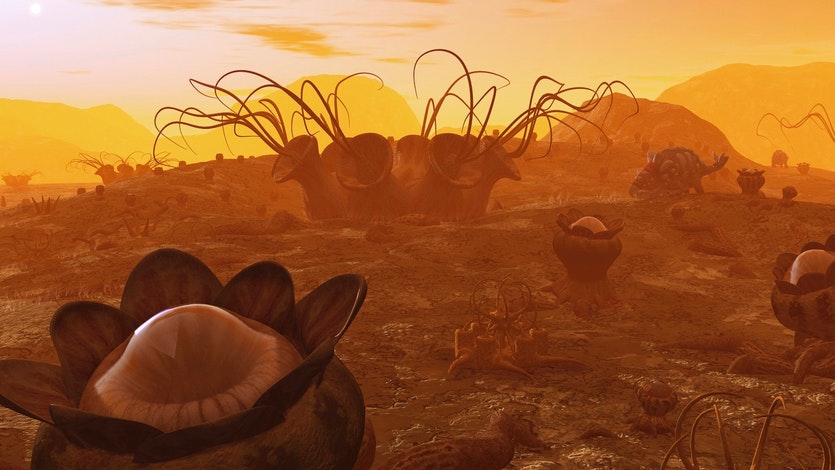
Hubble’s latest contribution comes in the form of a deep-sky mosaic image that was constructed using 16 years’ worth of observations. Known as the “Hubble Legacy Field“ it contains roughly 265,000 galaxies.

The Japanese company, Interstellar Technologies, has launched their Momo3 rocket from Hokkaido last Saturday May 4th. Momo3 burned its liquid fuel for two minutes and reached a height of 113.4 km.

Gravitational waves from the collision of two neutron stars have been detected for the second time ever — along with another, less certain signal that a neutron star being swallowed by a black hole.

Researchers have spotted surprisingly diverse landscapes on Titan, from broad planes to sandy dunes and even rivers and lakes. And recently a ribbon of exposed bedrock ice that wraps nearly halfway around the moon was spotted there too.

The signal appears to have been generated inside the planet and not by any surface-level phenomenon. Three other seismic events were detected on 14 March, 10 and 11 April, but they were much smaller and their origins more ambiguous.

Mercury is now the second rocky planet—after Earth—for which we have evidence of a solid inner core. It’s not an exact value, but the mere presence of a solid inner core helps to understand how the planet generates its magnetic field.

On its final flyby of Saturn's largest moon in 2017, NASA's Cassini spacecraft gathered radar data revealing just how deep some of Titan's lakes are (more than 100 meters) and of their composition.

Astronomers have found a third exoplanet orbiting a binary Kepler-47 star system 3,340 light years from Earth, the first, and so far only, multi-planet circumbinary solar system discovered to date.

Within 100,000 years of the Big Bang, the very first molecule emerged, an improbable marriage of helium and hydrogen known as a helium hydride ion, or HeH+. It was the beginning of chemistry.

The planet-hunting TESS spacecraft has found its first Earth-size planet orbiting a star located about 53 light years away. The star, HD 21749a, also hosts at least one other world, a warm “sub-Neptune” planet.

Curiosity Mars rover has started drilling into a clay-bearing unit on the lower slopes of Mount Sharp, while the InSight's mole ran into a sub-surface obstacle of some sort on 28 February after hammering its way just 30 cm into Martian soil.

Hopes for finding life on four rocky exoplanets relatively close to Earth have been boosted by new modelling that shows biological systems could survive the intense and prolonged bursts of X-ray and UV radiation.

The Event Horizon Telescope (EHT) has revealed the first-ever image of a black hole. The black hole in this image resides at the center of M87, a massive galaxy that’s in the Virgo cluster of galaxies.

Scientists have discovered a giant exoplanet with a mass almost 13 times that of Jupiter in an evolved binary system. This is the first confirmation of an exoplanet in a system of this kind.

There was a big stir when reports emerged that the Curiosity rover had detected methane on Mars. But now an independent source has also detected methane on Mars.